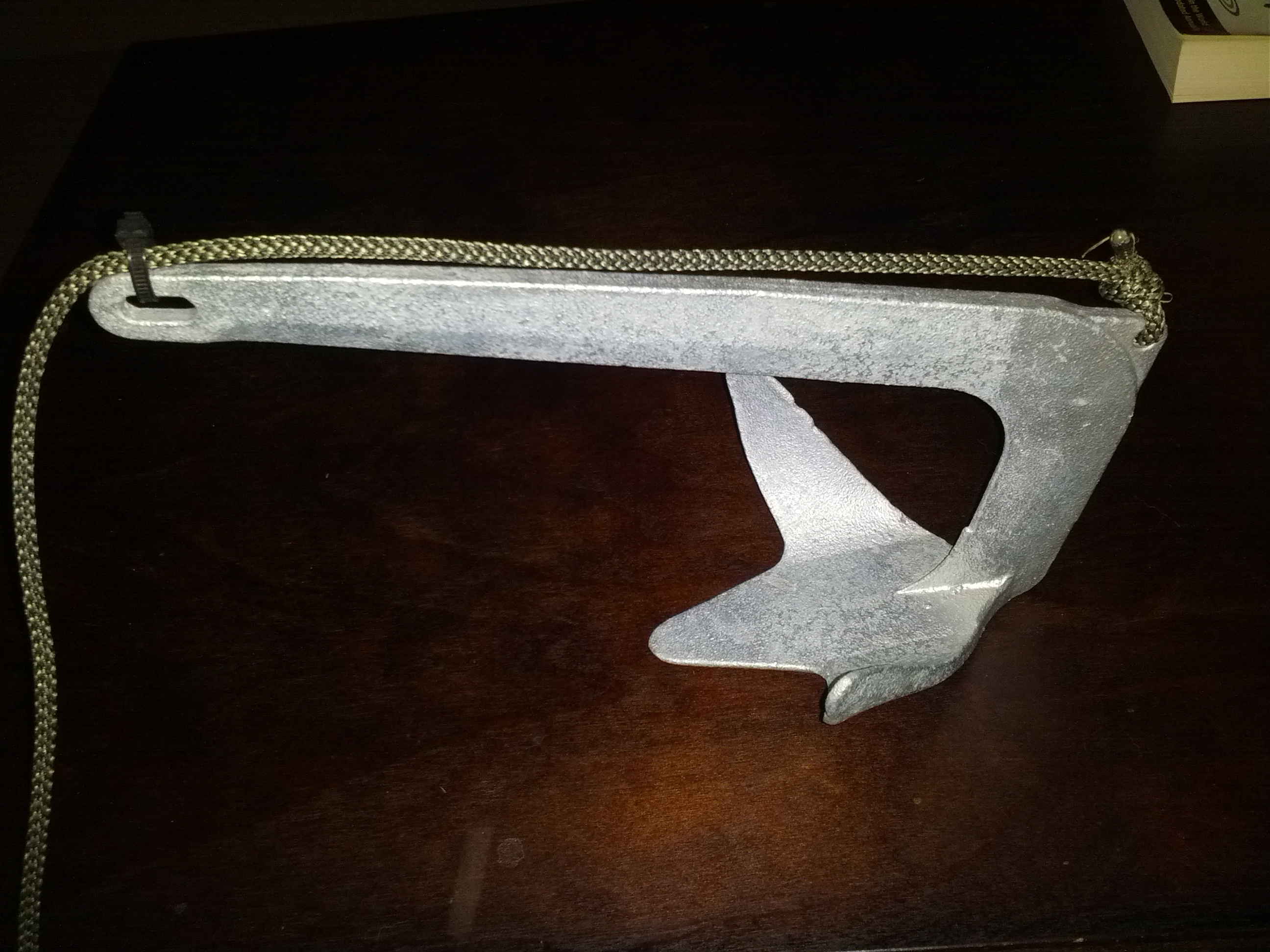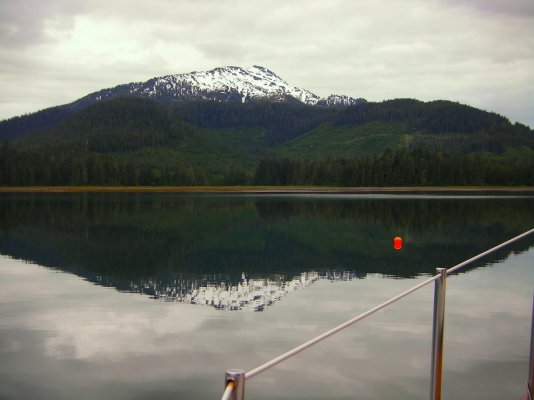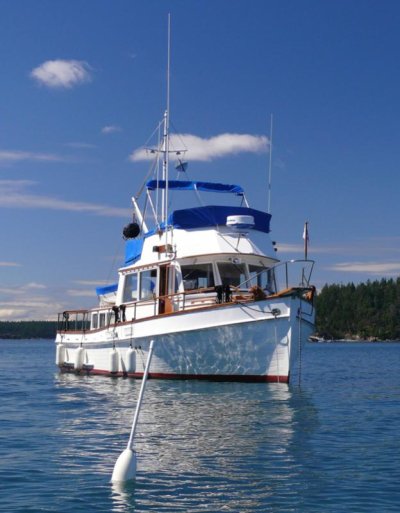tiku
Veteran Member

Has anyone taken this idea further in a full size boat?
On some level it makes sence, i could imagine that it would make it easier to get a snatched claw from the bottom but what should you use instead of the zip tie?
Personally I have not seen this before. Not saying it's good or bad but it caught my eye.



